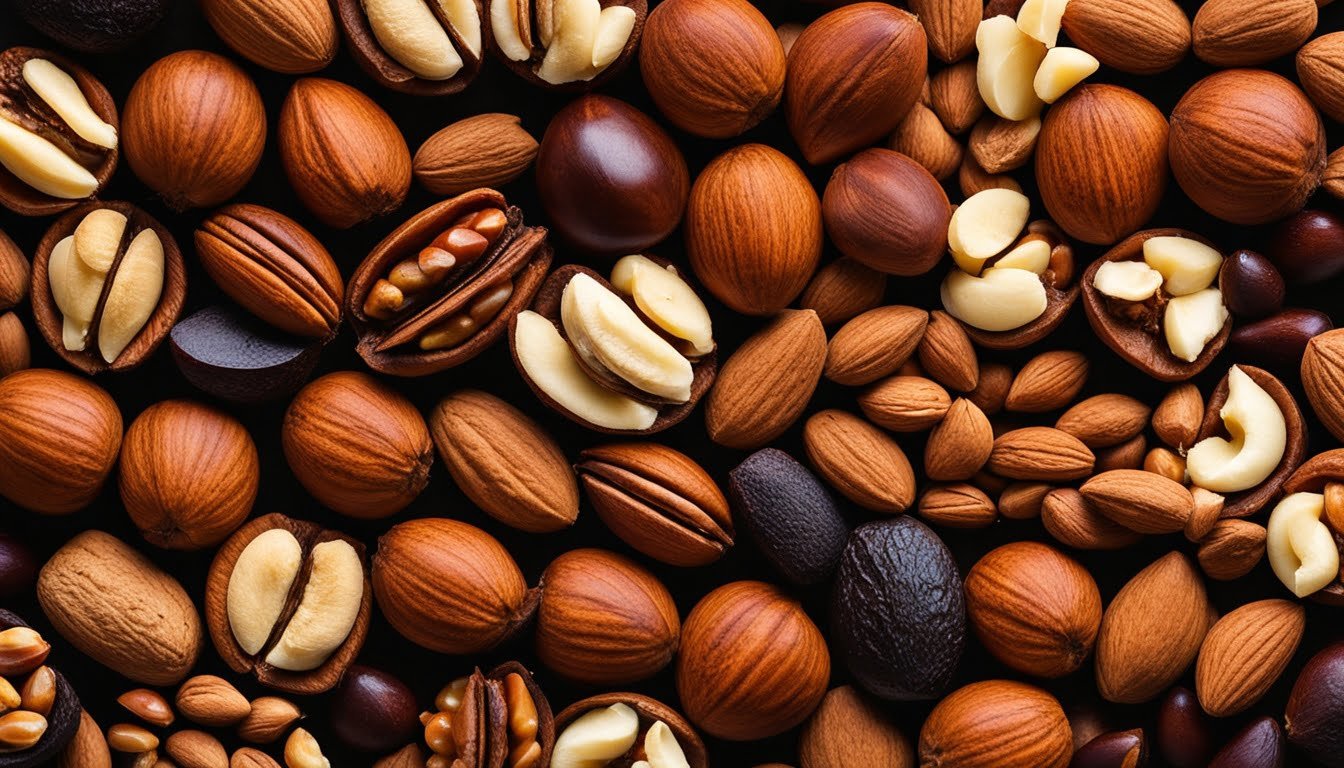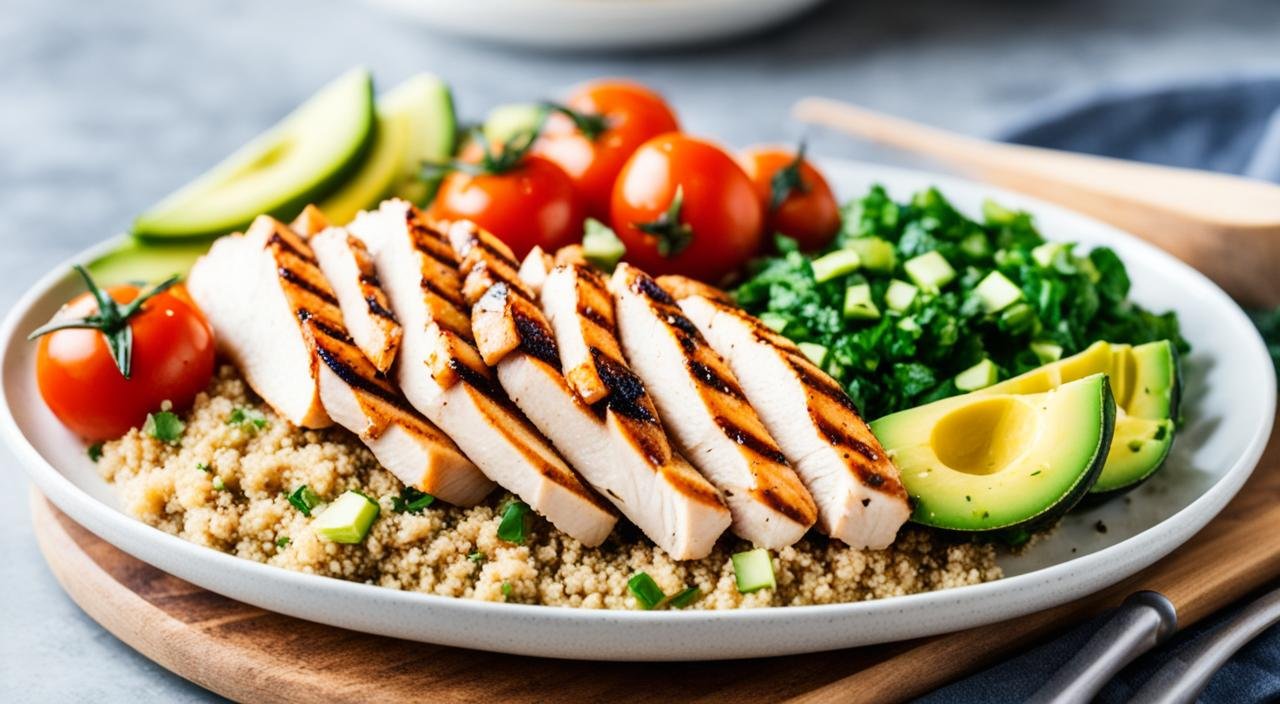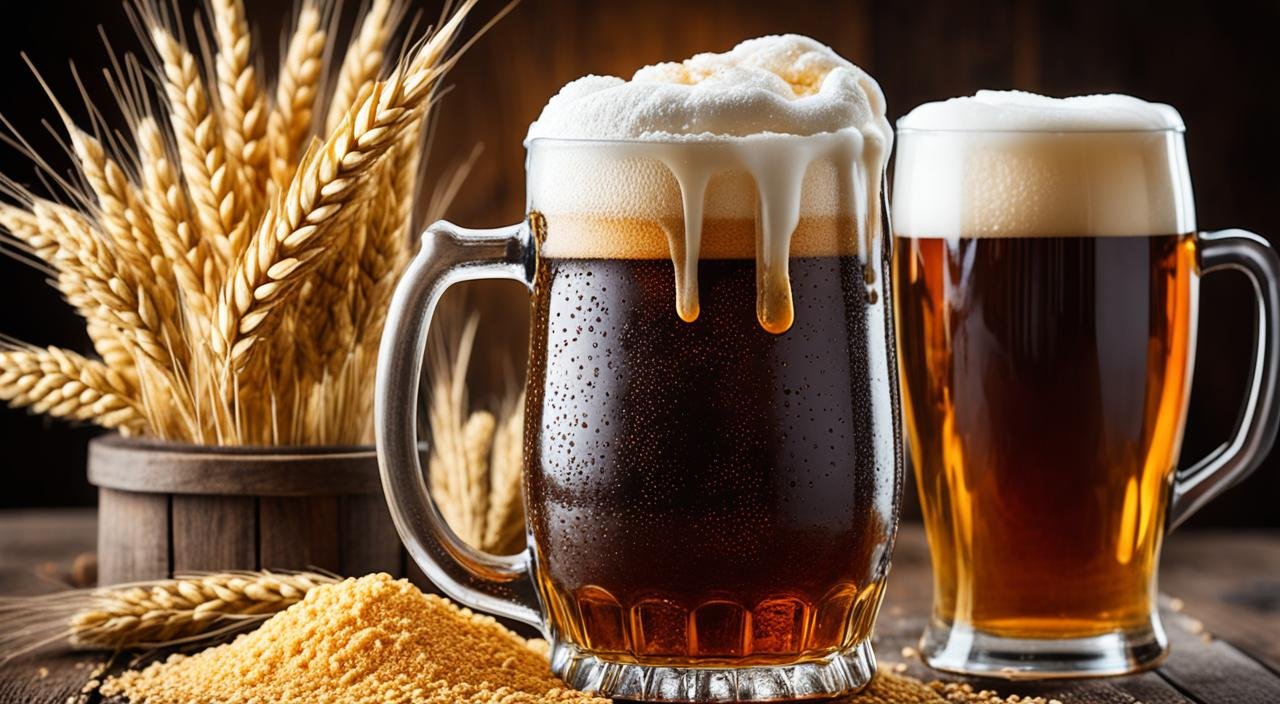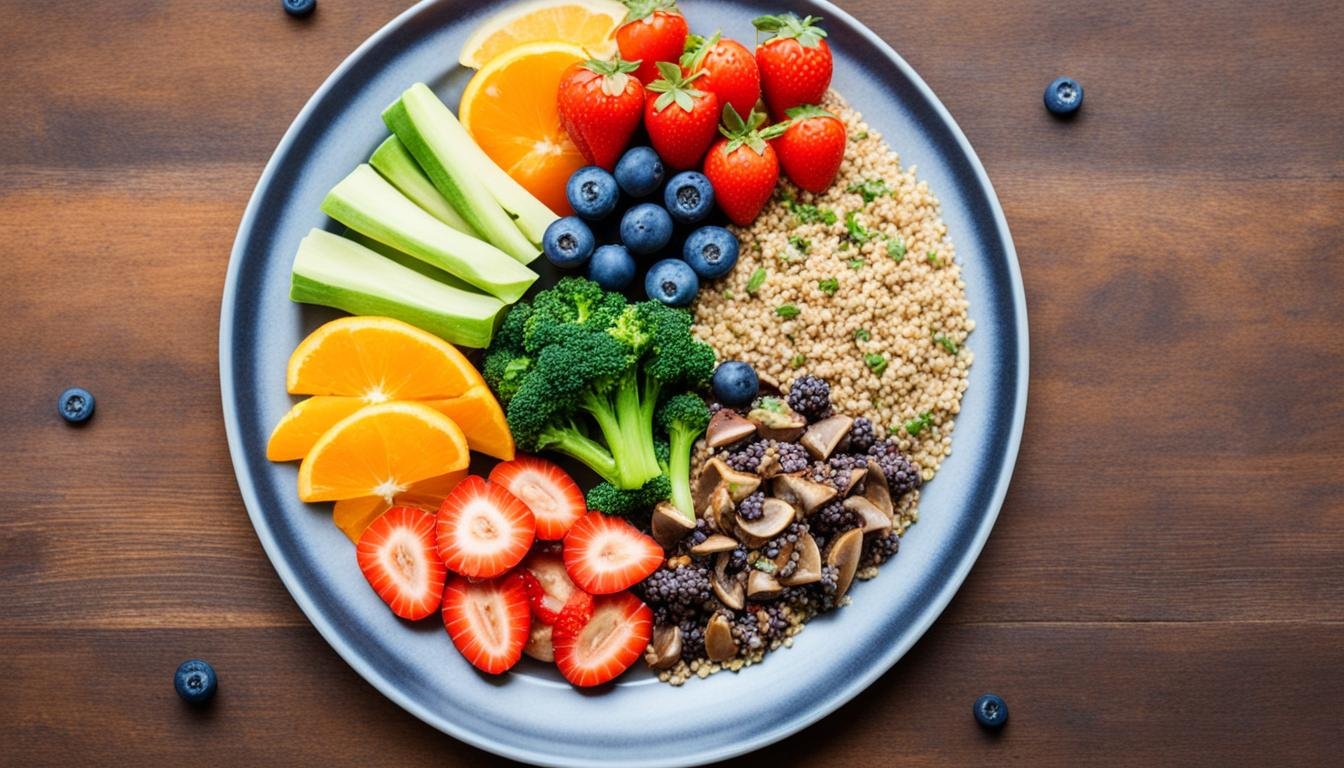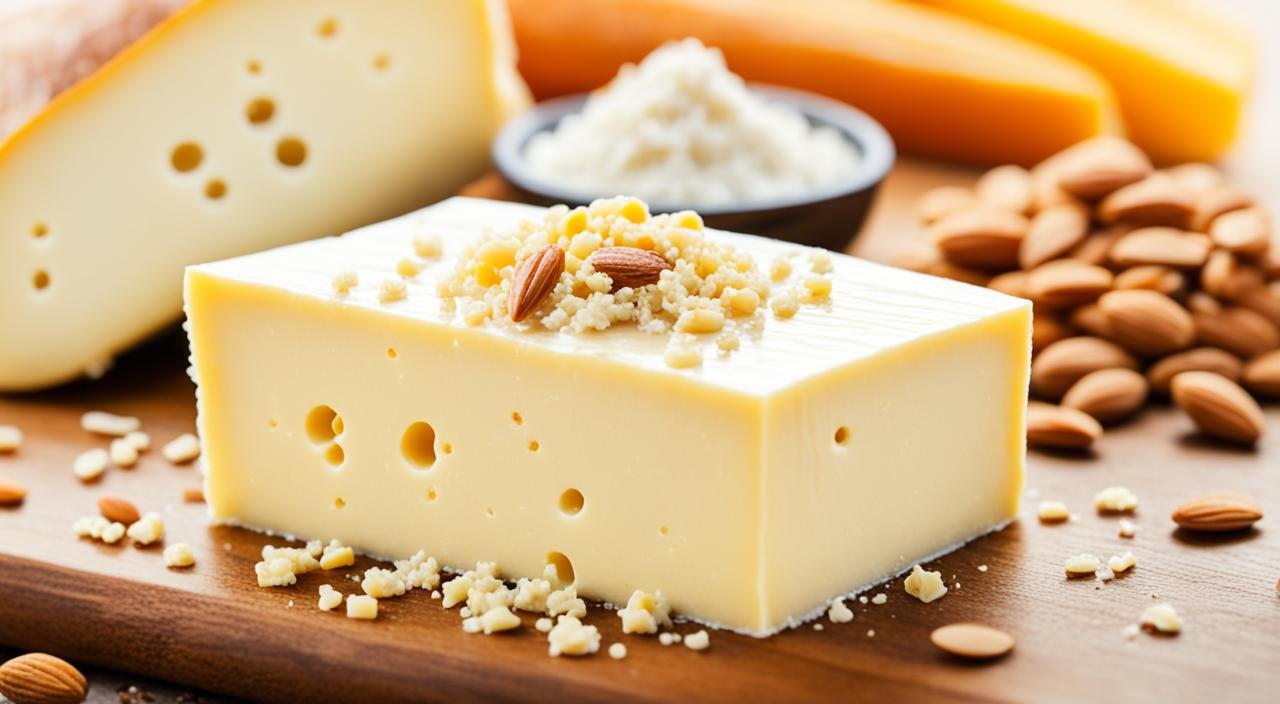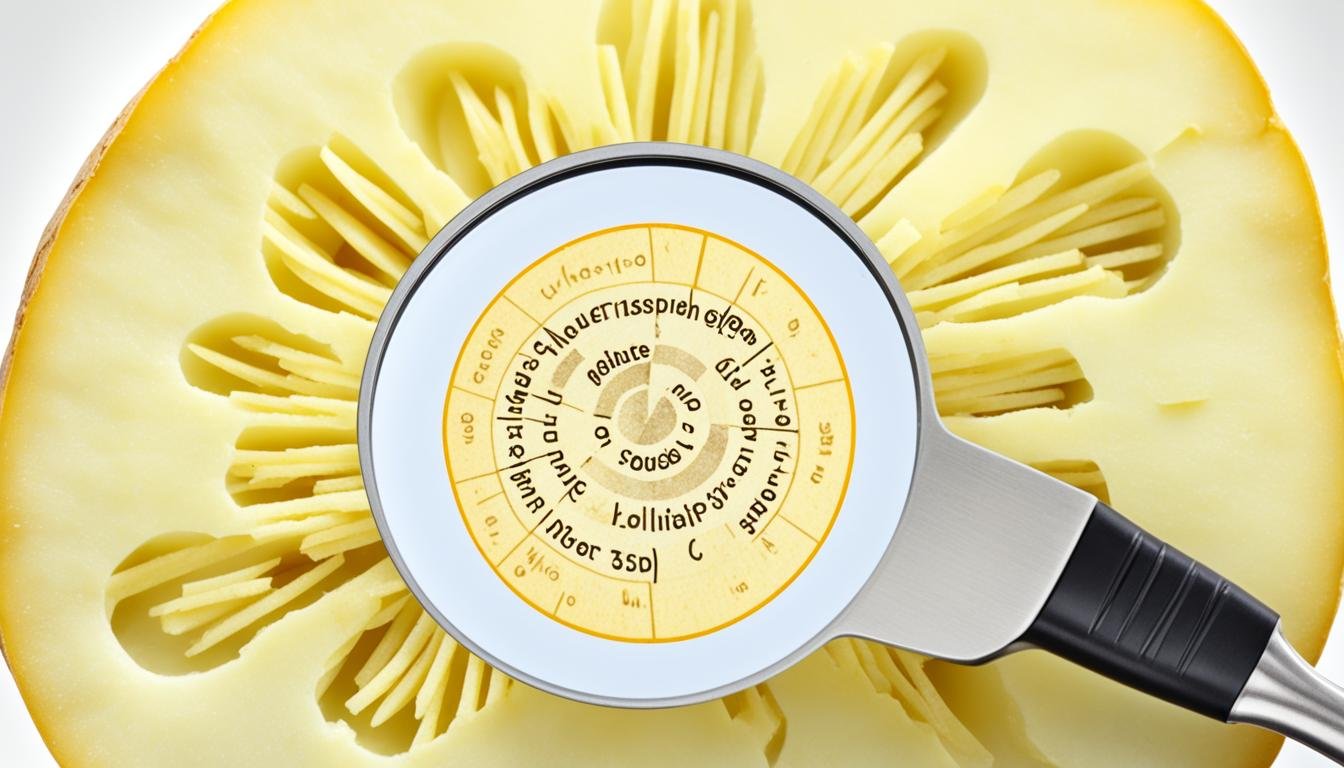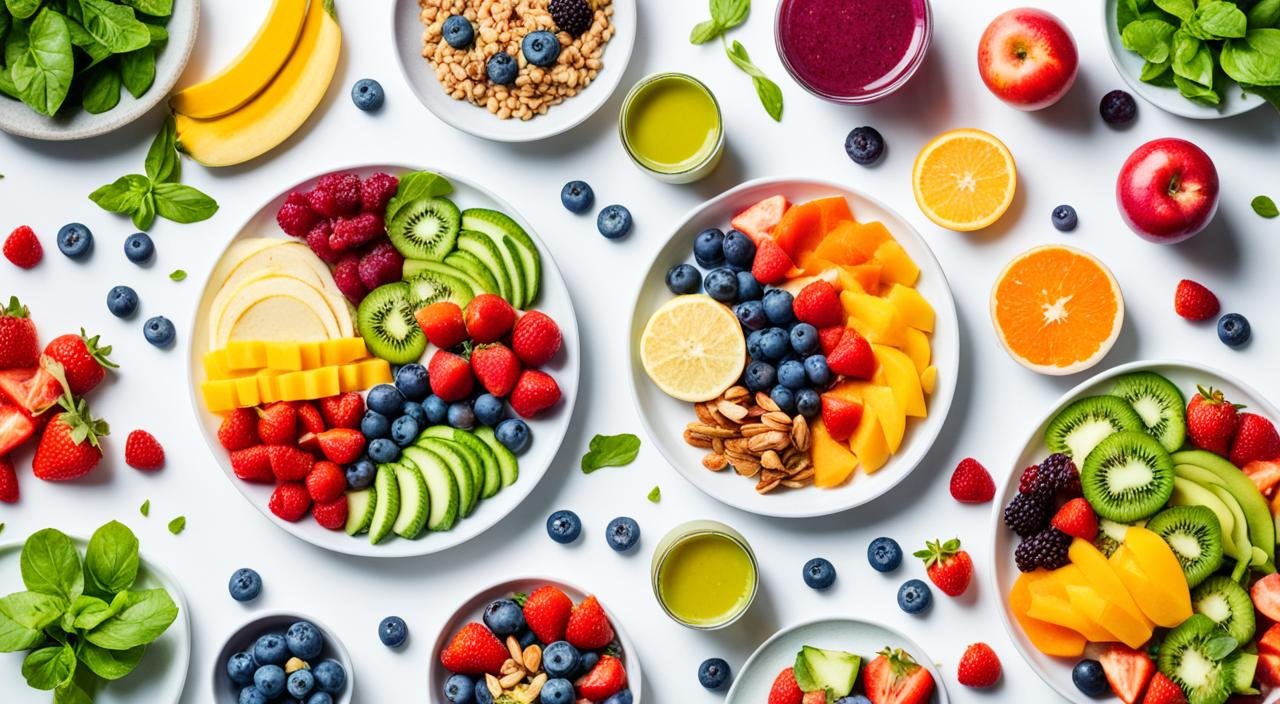Are all nuts gluten free? We explore nut allergies, gluten-free diets, types of nuts (tree nuts vs. peanuts), celiac disease, food intolerances, and vegan substitutes.
Many of us look for snacks that are healthy and meet our dietary needs. Nuts are a great choice, offering many benefits. But, are all nuts free from gluten? This is a common question for those avoiding gluten.
If you have a wheat allergy or celiac disease, eating gluten may cause you harm. It can lead to headaches, bloating, or worsen Eosinophilic Esophagitis (EoE). The good news is that nuts in their natural state are gluten-free. Gluten is found in wheat and similar grains, not in nuts and seeds.
Gluten-free nuts include almonds, peanuts, Brazil nuts, pine nuts, walnuts, macadamia nuts, pistachios, hazelnuts, cashews, and pecans. Yet, be cautious with flavored nuts and processed nut products. They might contain gluten. Always check labels and the origin of nut items when on a gluten-free diet.
Key Takeaways
- Natural, unprocessed nuts are generally gluten-free, but flavored nuts and nut products may contain gluten.
- Common gluten-free nuts include almonds, peanuts, Brazil nuts, pine nuts, walnuts, macadamia nuts, pistachios, hazelnuts, cashews, and pecans.
- Carefully read labels and contact brands to ensure the safety of nut-based items for a gluten-free diet.
- Gluten is specific to wheat and other cereal grains, not to nuts or seeds.
- Eating gluten can trigger unpleasant symptoms for those with celiac disease, wheat allergies, or non-celiac gluten sensitivity.
Understanding Gluten and Nut Allergies
What is Gluten?
Gluten is a protein mix that makes bread stretchy. It’s in wheat, rye, and barley. But, it’s not in nuts or seeds.
Gluten-Related Disorders
Celiac disease is when the body’s immune system attacks itself from eating gluten. It can hurt the gut and cause problems like diarrhea and bloating. If you feel sick after gluten but don’t have celiac, it could be non-celiac gluten sensitivity. A wheat allergy means someone might get really sick from eating wheat.
Nut Allergies and Cross-Reactivity
Nut allergies are serious and need careful attention. Sometimes, foods can have similar proteins and cause allergies, like legumes (peanuts, soy, lentils). They might react with each other.
Are All Nuts Gluten Free
Types of Nuts Naturally Gluten-Free
The good news is that nuts like almonds, peanuts, and pine nuts are gluten-free. These include Brazil nuts, walnuts, and pistachios. Even hazelnuts, cashews, and pecans are safe. These nuts are great for those avoiding gluten.
| Nut | Gluten-Free Status | Article to read |
|---|---|---|
| Pistachios | Yes, in their natural form | Do Pistachios Have Gluten |
| Peanuts | Yes, in their natural form | Are Peanuts Gluten Free |
| Almonds | Yes, in their natural form | Are Almonds Gluten Free? |
| Walnuts | Yes, in their natural form | Are Walnuts Gluten Free? |
| Pecans | Yes, in their natural form | Are Pecans Gluten Free? |
| Cashews | Yes, in their natural form | Are Cashews Gluten Free? |
| Flavored Nuts | May contain gluten due to added seasonings | – |
| Manufactured Nut Products | May be subject to cross-contamination with gluten | – |
Potential Gluten Contamination in Nut Products
But, we need to be careful with some nut products. Flavored, mixed nuts and some processing plants might have gluten. This comes from extra ingredients and a chance of gluten getting mixed in. In these cases, proteins, textures, and flavorings could have wheat or gluten.
Autoimmune Disorders and Gluten-Free Eating
Celiac Disease and Gluten Intolerance
Celiac disease is a condition that hurts the small intestine. It happens when gluten is eaten. People with celiac disease must avoid gluten their whole life. This helps to control the disease and stop more harm in the intestine.
Thyroid Disorders and Gluten Sensitivity
Hypothyroidism and hyperthyroidism may come with gluten sensitivity issues. A diet without gluten might relieve symptoms for some. This change in diet can be beneficial for those with these thyroid conditions.

Celiac Disease and Food Allergies
The Overlap of Celiac Disease and Food Allergies
Celiac disease and food allergies can have similar symptoms. This similarity can cause confusion and sometimes wrong diagnosis. Celiac disease affects the small intestine while food allergies can impact many parts of the body and be very dangerous.
Co-occurrence of Celiac Disease and Food Allergies
Not treating celiac disease can lead to a damaged gut lining. This could make someone more likely to get food allergies. Food allergies that are common with celiac disease include those to dairy, shellfish, tree nuts, peanuts, and soy.

The Hidden Dangers: Peanuts and Soy
On a gluten-free diet, we need to watch out for peanuts and soy. These can sneak into products marked as gluten-free. This is very risky for people allergic to gluten, peanuts, or soy.
Peanuts are often used in various forms in gluten-free foods. Soy, too, is a hidden ingredient in many vegetarian and processed gluten-free items. Reading labels really thoroughly is the key here. Missing this step could cause serious health problems.
It’s crucial to always check labels closely on your gluten-free journey. This way, you can keep away from the hidden dangers of peanuts and soy. Being careful makes your gluten-free life safer and more fun.
Red lentils are another food that people often ask about. Some people wonder if they need to stop eating gluten. | If you are looking for a complete guide but in handy book format, first read this “Best Gluten Free Cookbook” and decide according to your criteria.
Eating Gluten-Free with Other Food Allergies
Cross-Reactivity and Food Families
On a gluten-free diet, knowing about cross-reactivity is crucial. When proteins in one food are like those in another, the body might react to both. For example, peanuts, soy, and lentils share some protein types.
Identifying Cross-Reactive Foods
Finding cross-reactive foods is tough because many food families might interact. Take the legume family, for instance. This includes peanuts, soy, and lentils, which can affect each other.
This can make things hard for people with gluten intolerance and legume allergies. They need to avoid grains with gluten and products with legumes. Otherwise, they might have a bad reaction.
Gluten-Free Shopping and Brands
When you shop for gluten-free nuts and products, make sure to look for reliable third-party certifications. The Gluten-Free Certification Organization (GFCO) is a good one. Their standards are higher than the FDA’s “gluten-free” definition. This extra step gives more confidence to those who need to avoid gluten.
We recommend some trustworthy gluten-free nut brands. Nuts.com, Blue Diamond, International Harvest, and Tierra Farm are great choices. They’ve worked hard to guarantee their products are gluten-free. You can find a big variety from nuts to nut flours with them.
But, there are brands to avoid because of possible cross-contamination. Planter’s Nuts, Kirkland Signature, and Diamond of California might have hidden gluten. Even with a “gluten-free” label, they might not control production well. This can be risky for those who are very sensitive to gluten.
It’s crucial to check the labels carefully and possibly call the brands directly. Make sure their products are really gluten-free. Taking these steps will help you choose wisely. Then, you can enjoy your favorite nuts worry-free.
I’m Dr. Shivani, a Kolkata-based nutritionist since 2015. After 10 years of igniting a love for healthy eating in young minds as a High School nutritionist teacher, I now help individuals unlock their full potential through personalized diet plans. My passion for writing and sharing nutrition knowledge (through blogs and observations) keeps my practice fresh and fuels my love for the field!

